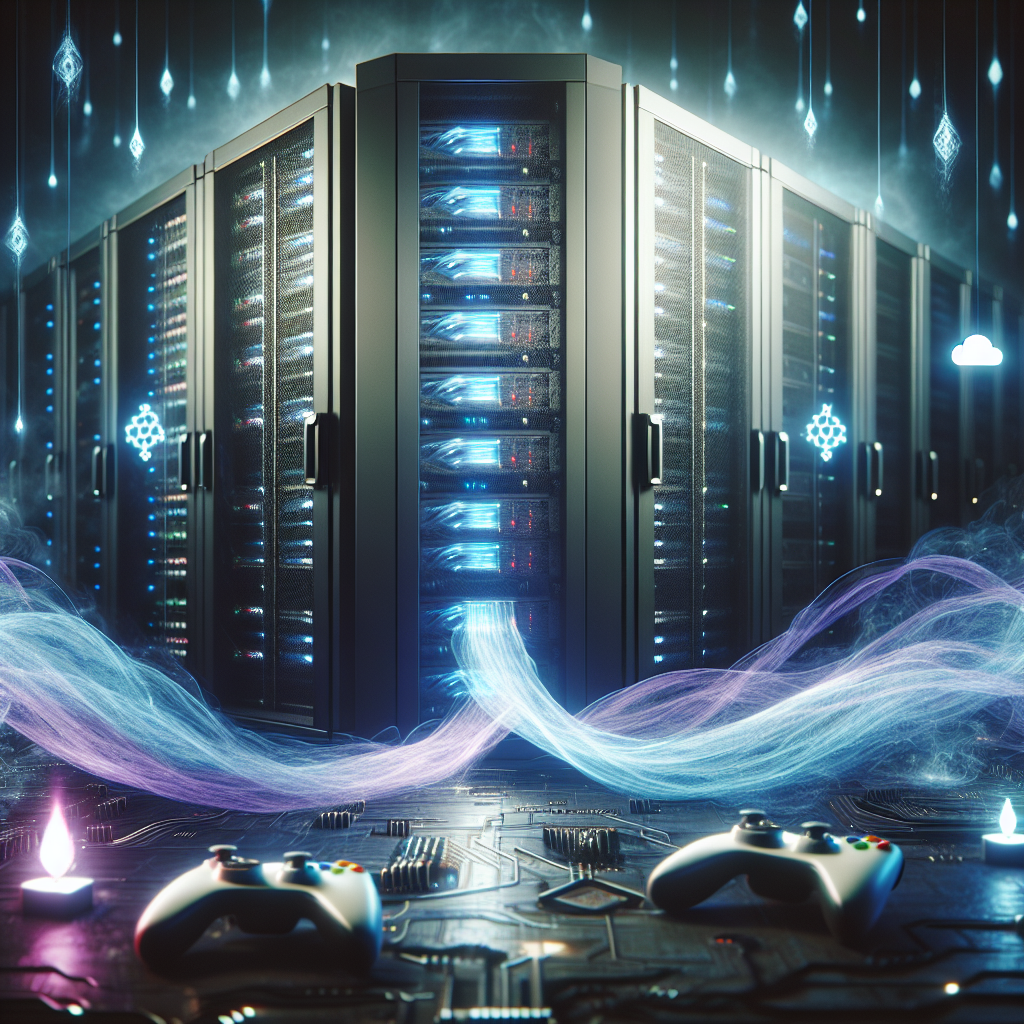Introduction to the Invisible Infrastructure of Cloud Gaming
Cloud gaming, a revolutionary shift in the gaming industry, relies heavily on an intricate and largely unseen infrastructure. This ‘invisible infrastructure’ encompasses advanced networking technologies, data centers, and software algorithms that allow gamers to stream games directly to their devices without the need for high-end hardware. As this technology progresses, understanding its components becomes essential for consumers and developers alike.
Core Components of Cloud Gaming Infrastructure
At the heart of the invisible infrastructure of cloud gaming are data centers. These facilities are equipped with powerful servers that process and stream millions of video games to users worldwide. The efficiency of these data centers directly impacts the quality and speed of game streaming, making them a critical component of cloud gaming architecture.
Another crucial element is the network technology that connects players to the data centers. This includes everything from traditional broadband connections to the latest advancements in 5G technology. The lower the latency in these networks, the smoother the gaming experience, as even a slight delay can disrupt gameplay significantly.
Challenges in the Infrastructure
While the benefits of cloud gaming are significant, there are several challenges within its infrastructure. One major issue is latency, which can affect the responsiveness of the game. Developers and network engineers continuously work on innovative solutions to minimize latency and improve the directness of connections.
Another challenge is the scalability of data centers. As the number of cloud gamers rises, so does the demand on these centers. Scalability involves not just physical expansion, but also advancements in server technology and energy efficiency.
Future Trends in Cloud Gaming Infrastructure
The future of the invisible infrastructure of cloud gaming looks promising with several advancements on the horizon. Companies are exploring decentralized cloud gaming, which involves using blockchain technology to distribute data processing more evenly across the network. This could potentially reduce latency and server load, making gaming even faster and more reliable.
Artificial intelligence (AI) is also set to play a significant role in optimizing cloud gaming infrastructure. AI can help predict server loads and user demand, dynamically adjusting resources to ensure optimal performance for all users.
Comparing Cloud Gaming with Traditional Gaming Setups
Compared to traditional gaming, where players need to purchase high-end hardware, cloud gaming offers a more accessible and cost-effective solution. Users can play the latest games on almost any device that has an internet connection, which drastically lowers the entry barrier to high-quality gaming experiences.
However, traditional setups still offer advantages, particularly in terms of connectivity and immediate responsiveness, which can be crucial for competitive gaming. As cloud gaming infrastructure improves, these gaps are expected to narrow, making cloud-based gaming increasingly competitive.
Conclusion: The Impact of Cloud Gaming’s Infrastructure on the Gaming Industry
The invisible infrastructure of cloud gaming is set to redefine the boundaries of gaming, making it more inclusive and accessible. As this infrastructure continues to evolve, it promises to address current limitations and open new possibilities for gamers worldwide.
With ongoing innovations in networking, AI, and decentralized technologies, the future of gaming is not just about entertainment but also about technological advancement and accessibility.


